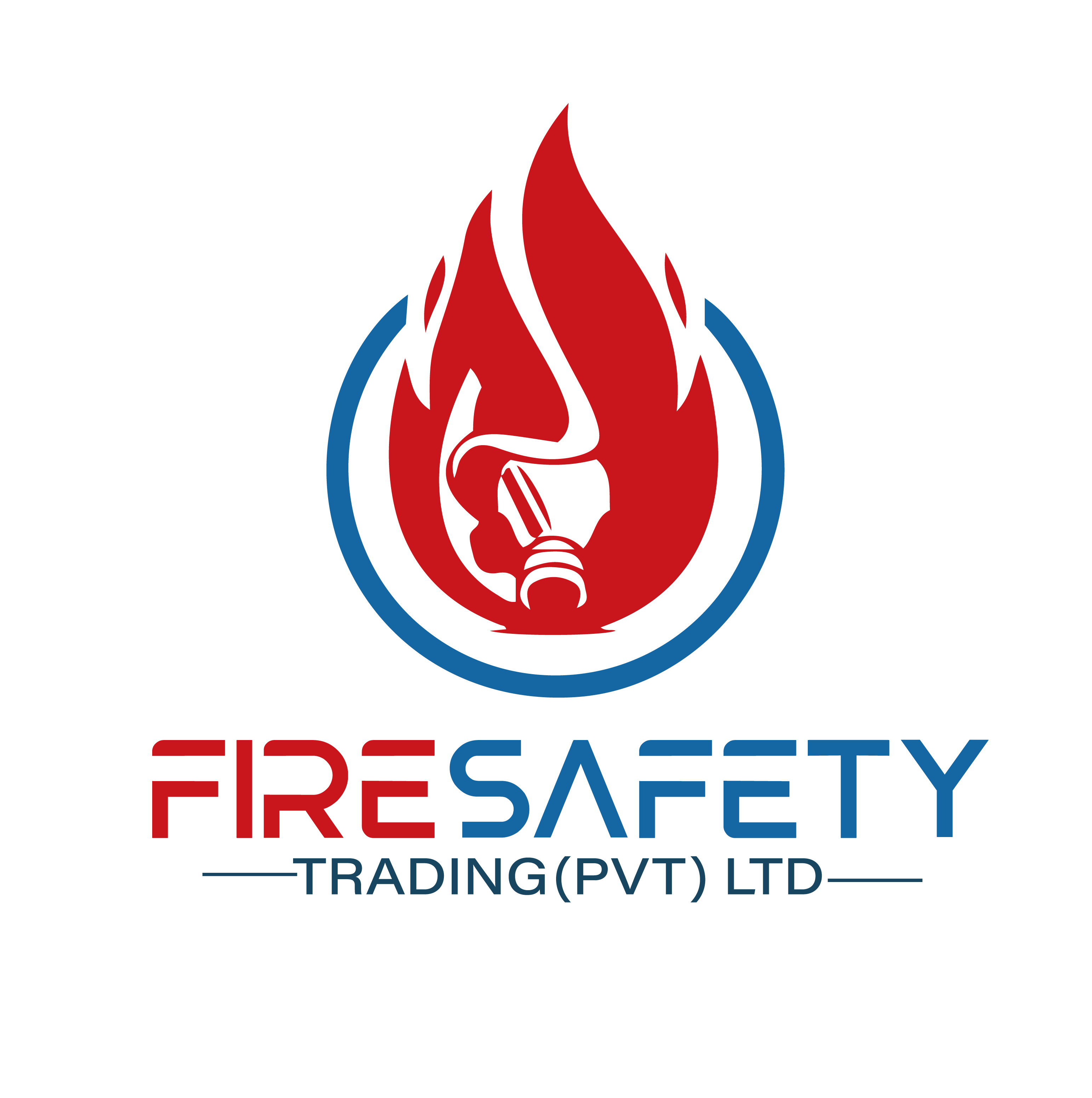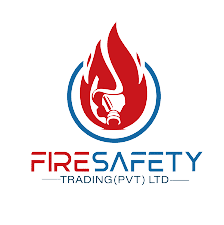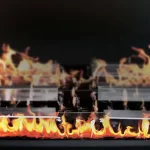If a place caught fire and it becomes out of control then escape is the best option to save yourself. Improve your evacuation plan for saving your business and employees. There are seven steps we will be discussing ahead that will ensure an enhanced evacuation plan during fires and other emergencies.
Fire is a dangerous thing and when it outbreaks it scares the people, in that fear and threat of losing lives people can make the things happening wrong. The wrong taken actions will produce worst results. The rising flames may raise the panic as well. Although the fire itself is dangerous, the panic will be resulted in creating chaos. To avoid all such situations, prepare your employees to fight against the emergencies by drilling the evacuation plan. The frequent rehearsals will make them expert for dealing them with such hazards.
A complete and appropriate evacuation plan, makes the business ready to fight against the emergencies like fires, other natural disasters, and the criminal activities. The technique of providing evacuation training will ensure the safe escape from the building on fire. In this way, all the people will save themselves by evacuating through the escape routes.
There are two possibilities, either you are initiating to create an evacuation plan or want to enhance the already existing, in both cases, the below mentioned seven steps guide will help you. After acting upon this guide, you will be able to save your buildings and people.
See also: How to Use Fire Safety Equipment’s
Take the following 7 steps to improve your evacuation plan:
1- Keep various scenarios in mind:
A business or a working place may face different scenerios that may be a threat to it. Keep all those scenerios, in your mind while building your evacuation plan. The important points include:
How do fires outbreak?
According to a research, millions of loss in the non-residential buildings is caused by the cooking fires. The reasons of fire may be:
i- Electric short circuit due to the malfunction wiring or appliances.
ii- Overheating of machinery.
iii- Someone may put the building on fire intentionally to provide loss.
Keep all these risks in your mind for building an effective evacuation plan and preventing such reasons.
What are your risks?
Different businesses are exposed to different reasons that may cause fire. The common threats are:
i- Kitchens in the building.
ii- The portable space heaters.
iii- The personal fridges.
IV- The fires from the nearby homes.
v- The wildfires.
Vi- The extreme summers.
Totally understand the reasons and the impact they may have on your business.
Take all the necessary safety precautions to avoid the fires, like, be careful in using the microwaves and other appliances. Restrict keeping the hot plates, grills, etc in the kitchen area.
What if something happens?
Imagine what if something happens and create the question answer list. There may be different situations that may happen such as the trucks may be loaded for delivery.
Brainstorming all these possibilities will ensure a better planned evacuation plan.
2- Assign roles and responsibilities:
There must be specific people who have assigned with different roles and responsibilities. The team will help in evacuation. Chief fire warden, Assistant fire warden, floor monitors, everyone will act according to the roles for ensuring the utmost safety. The trained team is capable of providing accurate instructions to avoid damages.
Make a list of all the contact persons, to whom the staff can contact in an emergency.
3- Highlight escape routes and new rest exists:
The primary and secondary escape routes should be highlighted for an instant escape.
Hang the boards with the bold signs on them. Keep the evacuation doors and routes clear. Make sure to make separate ways for the PWDs.
After that escape make a point where all the people gather, count them, to make sure that no one is left inside. If someone is missing rescue them instantly.
Your evacuation plan should be exactly according to the needs of your business. Assembly is not suitable for all the buildings.
4- Make a communication plan:
A full-fledged communication plan is important. The concerned persons should communicate with the staff and the other authorities. Firstly, the persons should communicate with the staff for evacuating in the emergencies, and secondly, they should thoroughly understand the losses and images that are happened, and how to communicate with the other business partners.
5- Keep your tools maintained by inspecting them:
Your building may be equipped with all the necessary fire extinguishing tools like, fire alarms, fire extinguishers, smoke detectors, and the other equipment that is necessary for your workplace. According to the National Fire Protection Association, refill the fire extinguishers once in 10 years, and the disposable extinguishers should be refilled once in 12 years. Frequently train your staff to tell them about the location of the fire extinguishers. Do not neglect the inspection and maintenance of the other file equipment such as fire alarm systems and smoke alarms, emergency lighting, fire doors, sprinkler systems, fire ladders, etc.
And remember all the fire safety equipment is useless if your staff is not trained to use them. So, teach them how to use the fire safety equipment in case of a fire hazard, to save themselves others, and the building.
6- Provide rehearsals for using the evacuation plan:
As we make the students learn by drilling, similarly the escape during the fire should also be taught by drilling the evacuation plan. The repentance will prepare the people to stay calm in emergencies and to protect them. Preparedness will ensure calmness, and consequently protection.
Although there is a specific team who has a thorough learning for fire fighting each individual should also have enough knowledge to fight against the fire. If everyone will be able to rescue themselves then the maximum safety is guaranteed.
7- Follow-up and reporting:
Follow up and get real-time reports. A survey is the best option to carry out such activities. Make sure to incorporate exactly to-the-point responses in your service that can cope with the requirements of that time. Keep in mind that some of the people might be on leave and the responses should be made for them.
Additional tips:
There are some additional tips that will help in getting more secure.
1- Check the doorknobs, if they are hot don’t open the door, if it is cool open the door a bit and check the smoke at the other side, then escape.
2- Use stairs for leaving the upper floors instead of the elevator, the electric supply may cut off and the elevator may not be working which will cause you stuck.
Some other things to consider in your evacuation plan:
1- Must inform all the employees and the contractors according to the incident. To prepare themselves for the future.
2- Design a more accurate fire escape plan for persons with disabilities. They need additional assistance during any emergency. Therefore, make sure that your evacuation plan fulfills their needs.
3- There is a staff who is assigned the duties of maintaining the equipment, Instruct them strictly to save themselves instead of the equipment when the situation is out of control.
Assets protection:
The staff and the other concerned persons should shut down the systems, and carry the equipment which they can to protect the assets.
Conclusion:
Following the 7-step guides and all the additional tips will help you to improve your evacuation plan. Don’t neglect the other possibilities as well. Your plan must be strong enough to protect your business, staff, building, and the environment.
FAQ:
What should the employees do first when there is a fire?
First of all, the employees should stay calm, find the escape routes, and follow the instructions of the fire team.





